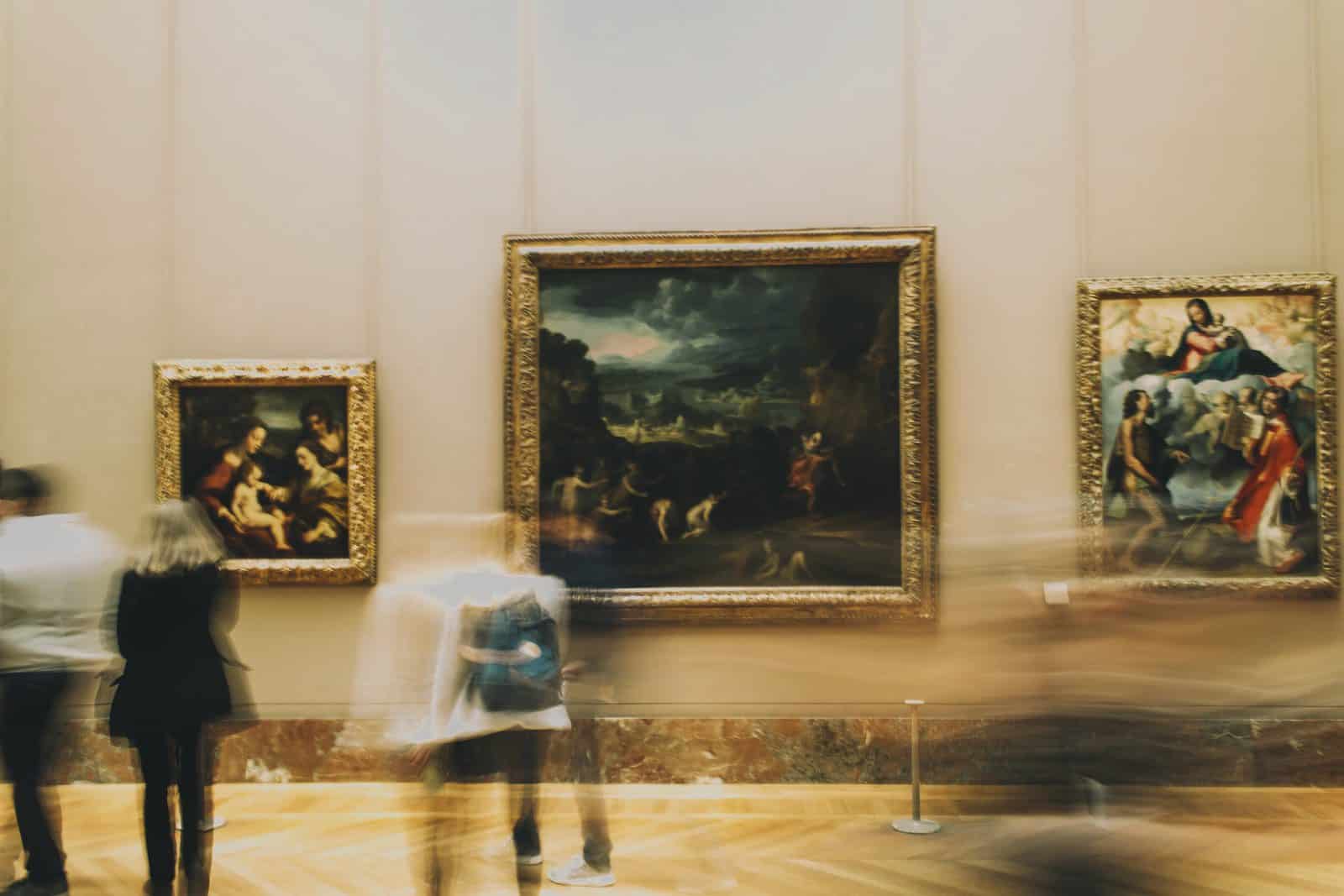Summary of 35 Ways to Look at Art:
The author of “Life in Five Senses” challenges readers to visit a museum and look at art in a new way. With 35 different suggestions, the author encourages readers to slow down, notice details, and experience art with fresh eyes. Some of these suggestions include looking for a specific color, imagining what you would create to sell in the museum gift shop, and examining an artwork’s frame. By taking on visual assignments like these, the author found that they noticed more and had more fun while visiting the Metropolitan Museum of Art every day for a year.
*****
35 Ways to Look at Art: Tips to Make Museum Visits More Engaging
For many people, visiting a museum can be a daunting task, especially if they don’t consider themselves experts in art. It’s easy to feel overwhelmed or frustrated when trying to appreciate different pieces, a feeling that should be avoided at all costs. To help you make the most out of your museum trips, we’ve compiled a list of 35 tips that will allow you to look at art with fresh eyes and engage with it in new ways.
Headline 1: Search for a specific color
Sub headline: Choose a particular Pantone color, such as the Color of the Year, and look for it.
Finding a color you like or identifying a particular color that stands out is one of the easiest ways to make an emotional connection with an artwork. By seeking out a specific color or hue, you can get a better understanding of how different colors work together and how they evoke certain emotions.
Headline 2: Look for things that surprise you
Sub headline: Even if it seems out of place, don’t dismiss it
Sometimes an artwork’s true beauty lies not in its technical mastery, but in its unexpected elements. Looking for things that surprise you, such as a mustachioed Buddha or a hidden detail, can help you appreciate the artwork in new and exciting ways.
Headline 3: Imagine what you would create to sell in the gift shop
Sub headline: Put yourself in the artist’s shoes and consider what merchandise would be appropriate for their work
This tip can help you develop a deeper appreciation for an artwork by asking you to consider it from a different perspective. By imagining what kind of merchandise you would create to sell in the gift shop, you can gain insights into the artist’s intentions and see the artwork in a new light.
Headline 4: Walk across the room to look at an object from a distance
Sub headline: Changing your perspective can reveal hidden details and textures
Viewing an artwork from a distance can reveal surprising juxtapositions, textures, and details that are difficult to see up close. By walking across the room, you can view the piece in a different way and broaden your understanding of its composition.
Headline 5: Stand near to an object to examine it closely
Sub headline: Take the time to study the details and the intricacies of the artwork
Examining an artwork up close can reveal hidden details, textures, and even imperfections that are often missed when viewed from a distance. By taking the time to study an artwork up close, you can gain a deeper appreciation for its technical mastery and the artist’s skill.
Headline 6: Look at a single object for thirty minutes
Sub headline: Take the time to slow down and appreciate the nuances of a single piece
In our fast-paced world, taking the time to appreciate an artwork for thirty minutes can be a daunting prospect. However, this exercise can be extremely rewarding by allowing you to slow down and take in all of the nuances of an artwork in a way that is impossible to do in just a few minutes.
Headline 7: Look in the object’s corners and edges
Sub headline: Take a closer look at the details that are often overlooked
An artwork is not just defined by its focal point, but by the details that surround it. By taking a closer look at an artwork’s corners and edges, you can discover hidden stories and elements that are often overlooked at first glance.
Headline 8: Buy a postcard of an object, then compare the postcard to the actual object
Sub headline: See how reproductions can influence our perception of an artwork
Reproductions can sometimes be misleading, and seeing the original artwork can often reveal aspects and qualities that are lost in translation. By comparing a postcard to the actual object, you can gain a better understanding of how reproductions can influence our perception of an artwork.
Headline 9: Read the label
Sub headline: Take the time to read the information provided and learn more about the artwork and the artist
Many people overlook the labels that are provided in museums, but they can provide valuable context and insight into an artwork’s creation and meaning. Taking the time to read the label can help you appreciate the artwork more fully and understand its significance.
Headline 10: Hold up a hand to block one part of the work, to see how its absence affects everything else
Sub headline: Look for the unique ways different elements interact with each other
Artworks are often defined by the way their different elements interact with each other. By blocking one part of the work with your hand, you can see how the absence of that element affects everything else, giving you a greater appreciation for the nuances of the artwork.
Final Thoughts
Visiting a museum should be a fun and engaging experience, and by following these tips, you can make sure that it is. Whether you’re a frequent museum-goer or a first-time visitor, taking the time to appreciate an artwork in new and different ways can help you get the most out of your visit and develop a deeper appreciation for the art around you.

Comments are closed